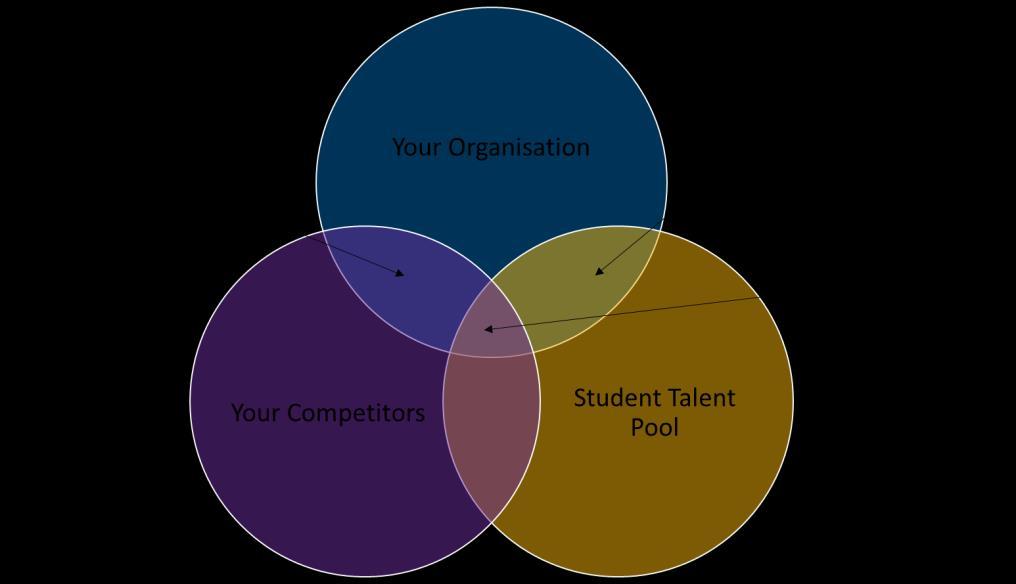Attraction Once you have decided to recruit graduates into your organisation, the next step is to attract graduates from your identified target audience. Marketing and branding is yet another area in which graduate program managers and the team need some knowledge in order to meet their graduate recruitment requirements. There are two key components of attraction: •
Building your employment brand
•
Promoting the opportunities offered by your organisation.
Many organisations will employ an advertising agency to assist with developing a campaign strategy and marketing materials; however, some are able to leverage their internal capability.
Building an Employment Brand Many organisations already have an employment brand. This brand may be the same or similar to their product or other branding, and synonymous with candidates as belonging to a particular organisation. “Employment branding is a targeted, long-term strategy to manage the awareness and perceptions of employees, potential employees, and related stakeholders with regards to a particular firm. The strategy can be tuned to drive recruitment, retention, and productivity management efforts. It works by consistently putting forth an image surrounding management and business practices that make your organization an attractive, ‘good place to work’.” (Source: ER Daily, ‘The 8 Elements of a Successful Employment Brand’ by Dr John Sullivan, 23 February 2004)
By positioning yourself as an employer of choice and clearly articulating your offering to candidates, this should result in better quality applications for your graduate program recruitment. What factors should you consider when evaluating or creating an Employment Brand (often also referred to as an Employee Value Proposition, or EVP)? 1.
How well do you understand your target audience? • Who are they? What are their defining characteristics? What are their competencies, values, skills/academic backgrounds, aspirations? • What are their key drivers and needs?
2.
• When, where and how do they start looking for graduate opportunities? When are they not looking, but receptive? What is the competitive marketplace you’re playing in? • Who are your direct (industry) and indirect competitors? • How are your competitors perceived? In what ways are they more or less desirable to your target audience?
3.
• How do your competitors activate their brand? When do they go on campus? What activities do they participate in? What activation channels (physical, online) do they use? What feedback (anecdotal) or competitive intelligence have you gathered? What is your current Employee Value Proposition (EVP)? • How are you perceived by your target audience? AAGE ‘How To’ Handbook | 23


